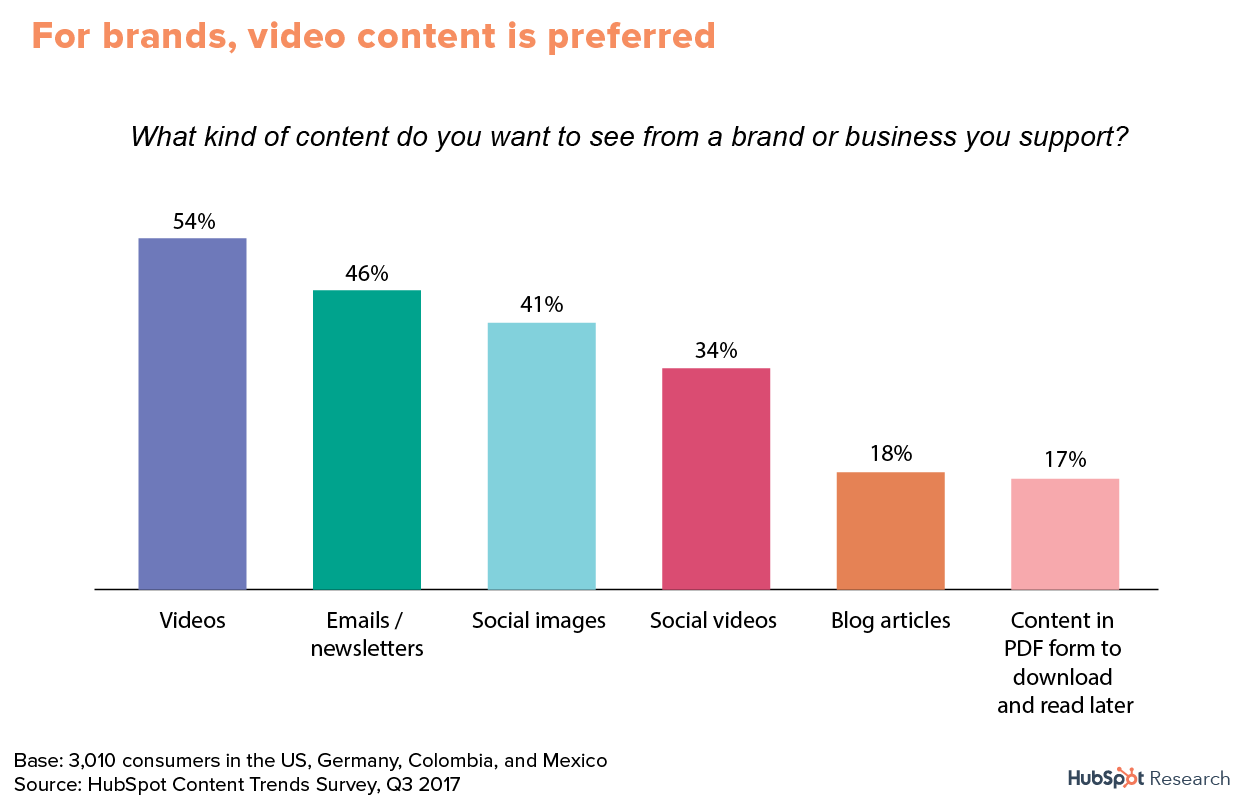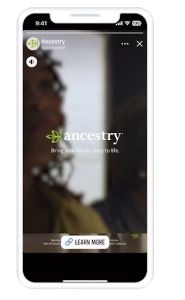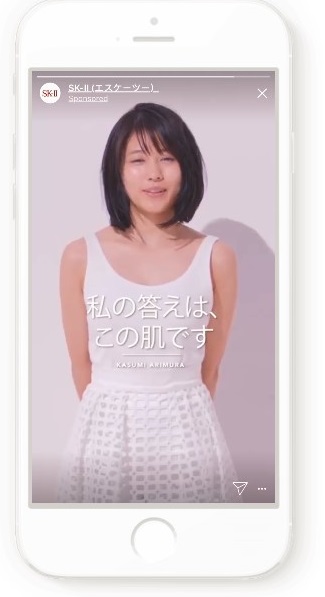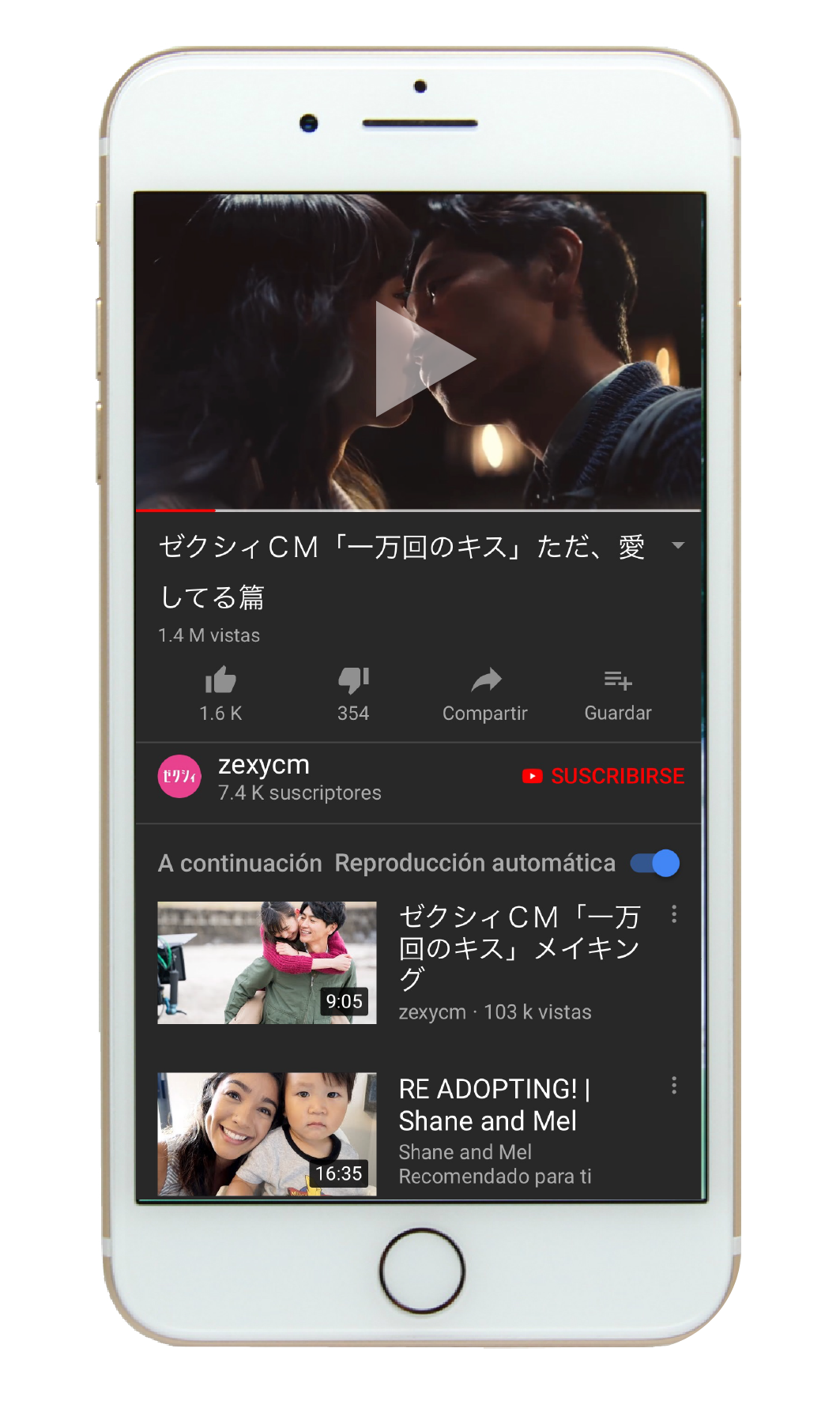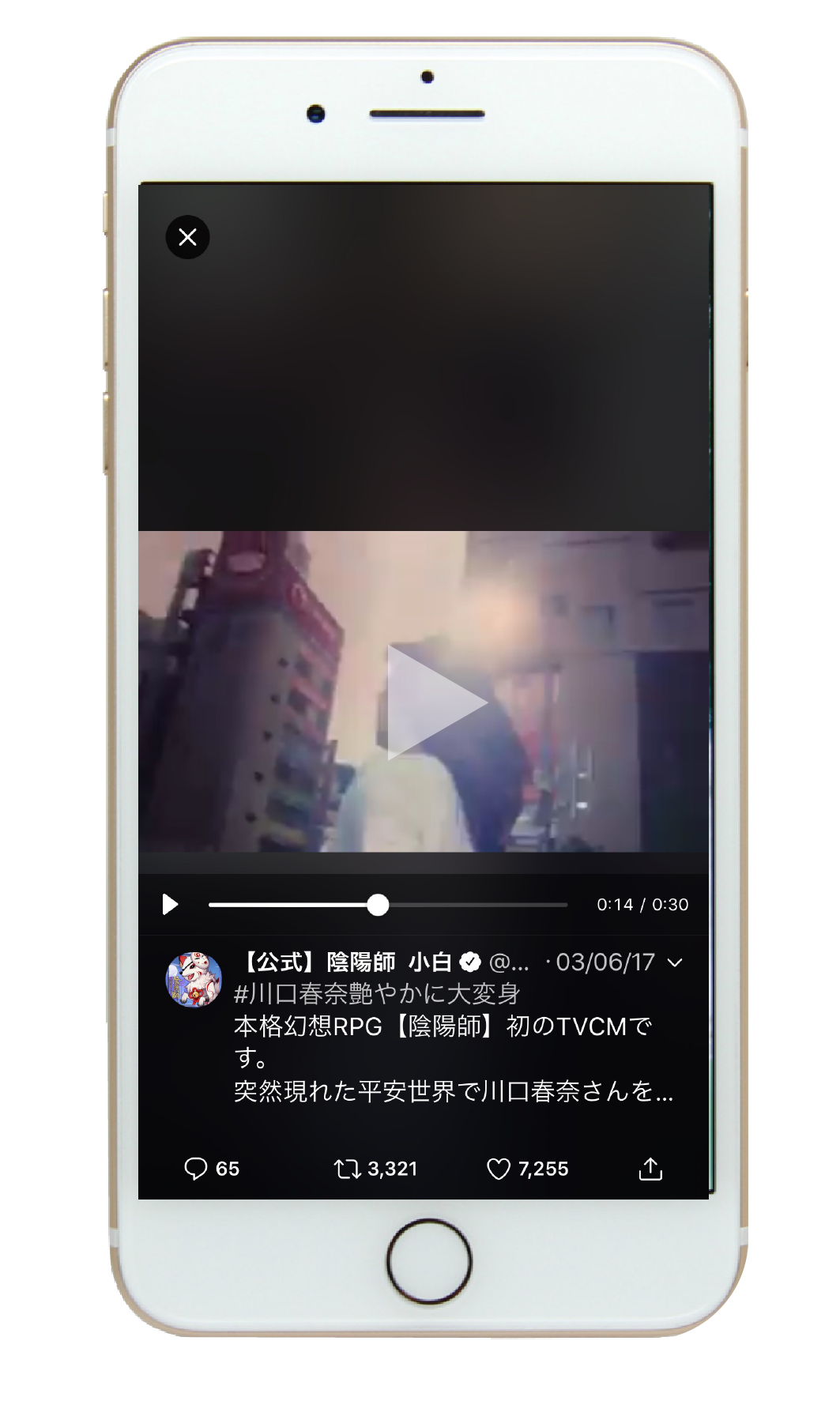Video Marketing in Japan is not something new, but the way it has been advertised is.
In recent years, video has shown great success at engaging users to a brand.
According to Wyzowl, 91% of businesses today use video as a marketing tool. About 96% of marketers who use video marketing report it as an essential part of their digital advertising strategy.
The millennial era has left us with many lessons. One of them is the continuous preference users have for all visual content when transmitting a brand message, especially when doing it through social media.
If you are managing a brand that is trying to succeed in the digital world, you cannot overlook the importance of using video in your online strategies.
In 2019, HubSpot published a research proving a very strong preference for video, especially from a brand or business.
96% of people prefer watching explainer videos to learn about a product or service, while only 18% would rather read a text-based article, website, or post. HubSpot also found that 54% of consumers prefer video content from brands they support over other kinds of content.
Video ad marketing proves to be the most effective way for customers to move from discovering a brand to purchasing its products.
Some of the most commonly-created types of video are: Explainer videos at 72%, Presentation videos at 49%, Testimonial videos at 48%, Sales videos at 42% and video ads at 42%.
How does video marketing work in Japan?
We know that video marketing has a stronger presence in some countries more than others, but Japan is definitely getting in on the game!
According to a Cyber Agent survey, the video advertising market in Japan is continuously expanding from 84.2 billion yen in 2016 to an estimated 291.8 billion yen in 2022.
We are also considering how this country has always excelled at preferring lots of visual advertising. It goes without saying that Japanese users are a potential audience to take VM at its highest levels.
How social media networks help you with Video Marketing in Japan?
There are several ways in which you can create awareness with video marketing. However, a lot of that will depend on the goals you want to achieve with your strategy, and what social media platforms you can use for that.
Let’s have a quick peek at how it works:
In its State Of Social report, Buffer found that Facebook is the most popular channel for businesses to post video content (81%). It’s followed by YouTube (62.9%) on the second spot and Instagram at third place (57%).
You can always let your users know about any new updates on your products with Facebook.
In the example below, Ancestry used FB ads for video marketing to create awareness about their brand.
You can also use Facebook for live streaming. This strategy is really helpful to let users get a “transparency” perspective of your brand.
- Over 500 million (half a BILLION) people are watching video on Facebook every day
Stories Ads
The Stories format has also taken the social media industry by storm. Buffer’s State Of Social report found that more than 1 billion accounts now use stories globally on Facebook-owned properties.
The number of people using stories has grown simultaneously with the number of businesses using the format to connect with their audiences on social media.
It appears that businesses who are using stories are having success, with 57 percent of brands believing that stories have been “Somewhat effective” or “Very effective” as a part of their social media strategy.
More video ads are introduced to stories on Facebook and Instagram, hence there will be more opportunities for brands to generate value from the format today.
SKII also found a way to detach from traditional video marketing and start adventuring their strategies into social media advertising:
In this strategy, they are presenting a new product targeting women between 18-54 years old in Japan. They showed video ads on Instagram stories and in the news feed.
Instagram being one of the top social networks right now, has become a perfect place to interact with your users, which makes it a good place to show product features, before-and-after, how-to tips, etc.
- 25% of Instagram ads are single videos. Video ads are most effective at getting higher engagement rates.
An in-depth research by Facebook in 2018 further revealed that consumers in Japan find the advertising experience on Instagram to be natural.
Less than half of the Japanese participants said they don’t regard an ad as an ad. Aside from being open to ads, 33% said Instagram is a suitable advertising medium for all brands— not just high-end, well-known ones.
YouTube
Many brands have created their success stories using the powerful YouTube platform. You can use it to show a quick overview of your company or just to advertise your products or services.
Japan has been adopting the emotional side of advertising to reach their consumers, and ZEXYCM did it well while taking advantage of their brand field and worked on simple but creative content.
- More than 500 million hours of videos are watched on YouTube each day.
In particular, younger audiences in Japan use YouTube as their one-stop-shop for the latest news, entertainment, and drama or cartoons.
Statista found that the online video platform had a penetration rate of 96.4% among people aged 13 to 19 years old in Japan as of September2023.
In a separate Statista survey, YouTube had a penetration rate of close to 90% among Japanese men as of September 2023. Meanwhile, women used the platform to a slightly lower degree.
Japan is famous for using a lot of advertising related to anime and manga. Even today, this is a strategy that works for many brands in the country.
Twitter was used to create awareness about a video game that was very successful in China, and the brand wanted to get the same results in Japan.
The platform continues to enjoy strong popularity with over 330 million monthly active users worldwide and 45 million in Japan (14%).
However, you don’t have to limit yourself to using it to promote new products from your brand, or introducing your services, you can also use it for special promos and events, etc.
- 82% of Twitter users watch video content on Twitter
How can these strategies work for your company?
As you can see, users these days are willing to spend their time watching and being advertised by video more than any other formats. Video in your strategy can keep your audience interested as long as you get things creative and entertaining for them.
This is especially true in Japan, where the audience is used to seeing things in a really different way than in western countries – literally.
You also need to identify how you want to use video marketing, and you will know that depending on your goal
Contact us today to get some consultation on getting started with video marketing in Japan!

